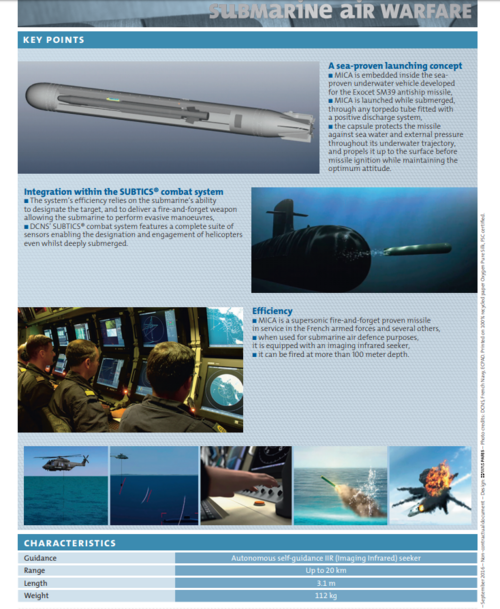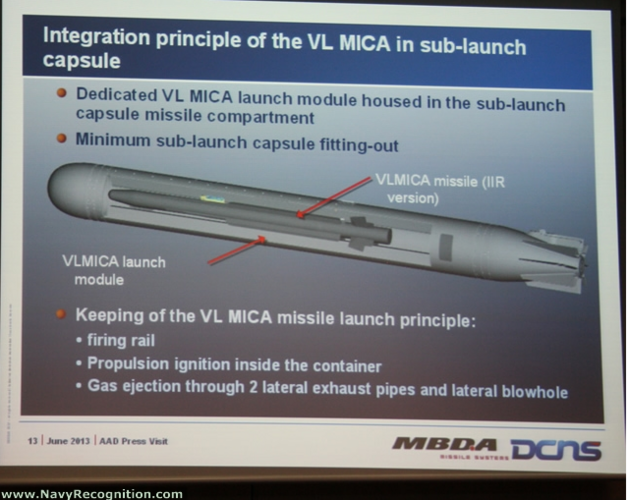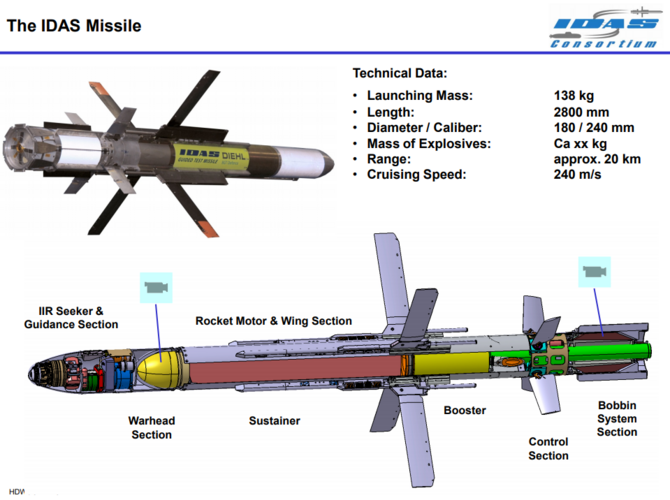aonestudio
I really should change my personal text
- Joined
- 11 March 2018
- Messages
- 2,962
- Reaction score
- 7,475

TKMS to complete IDAS submarine-launched missile development - Naval News
The Germany BAAINBw signed the contract for the development and qualification of IDAS for the active self-defence of submarines

Germany May Build World's First Sub With Anti-Aircraft Missiles
When it delivers in the early 2030s, Germany's next attack sub will be the only known example in the world with active defenses against sub-hunti...




